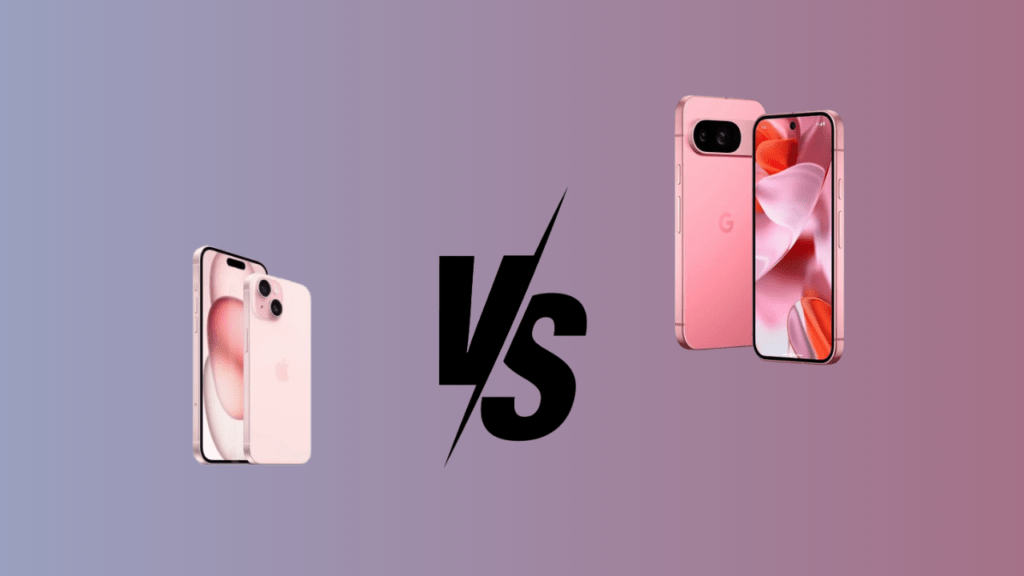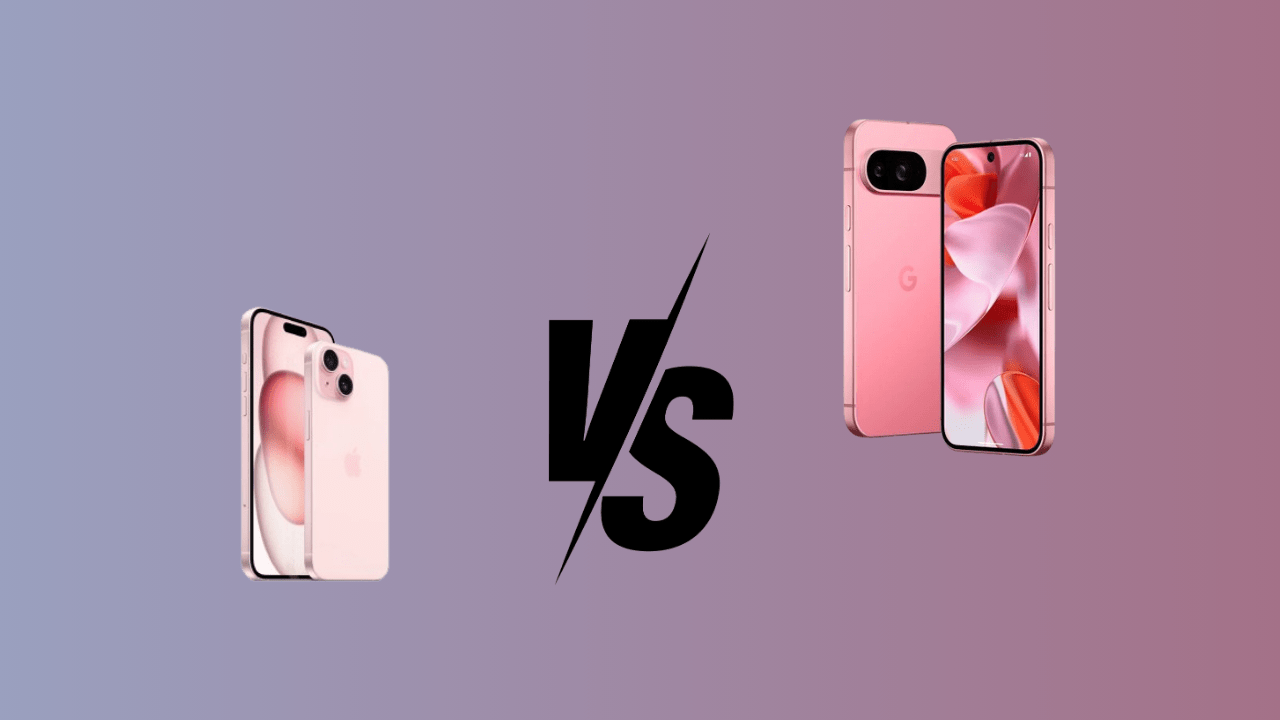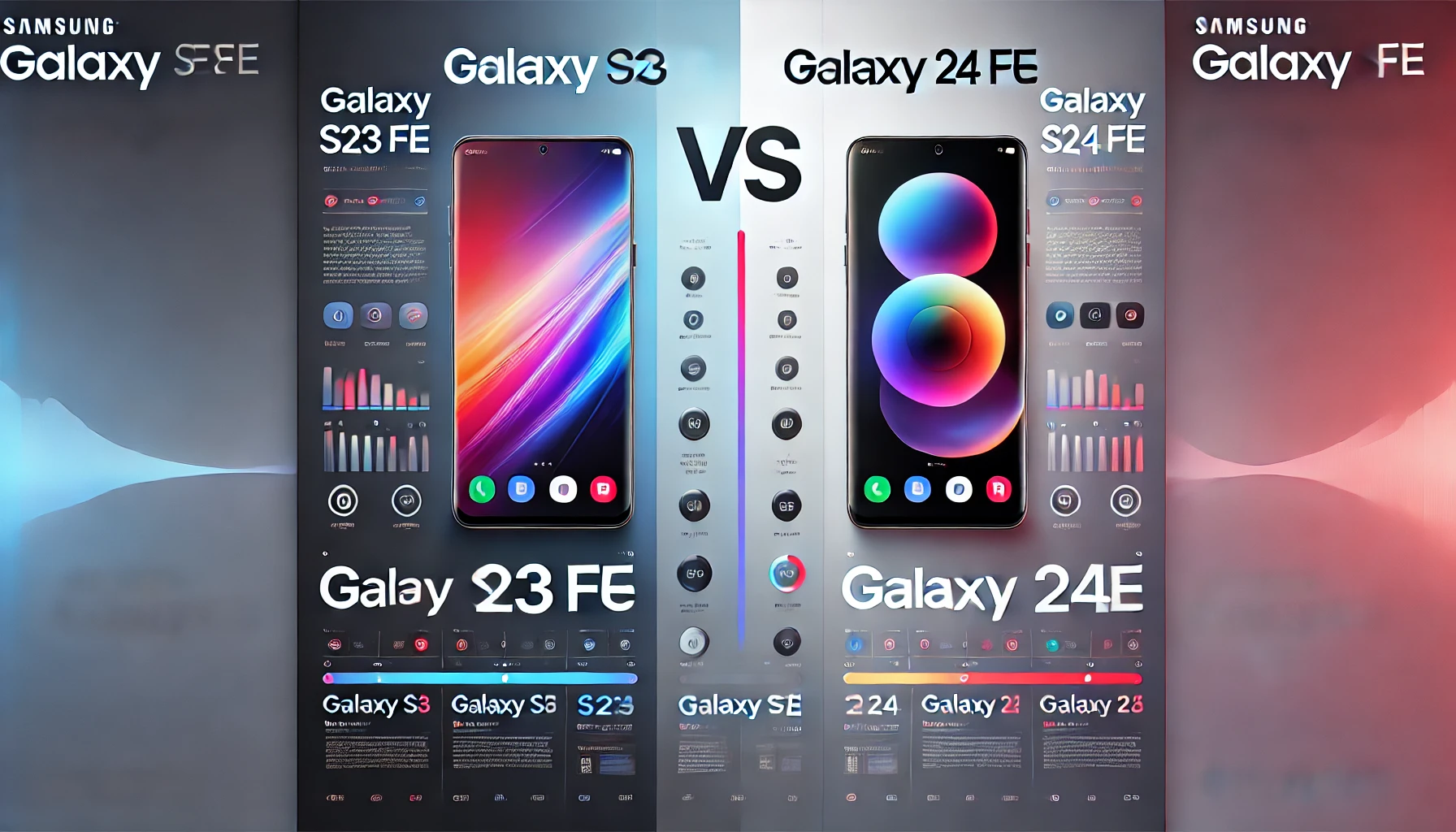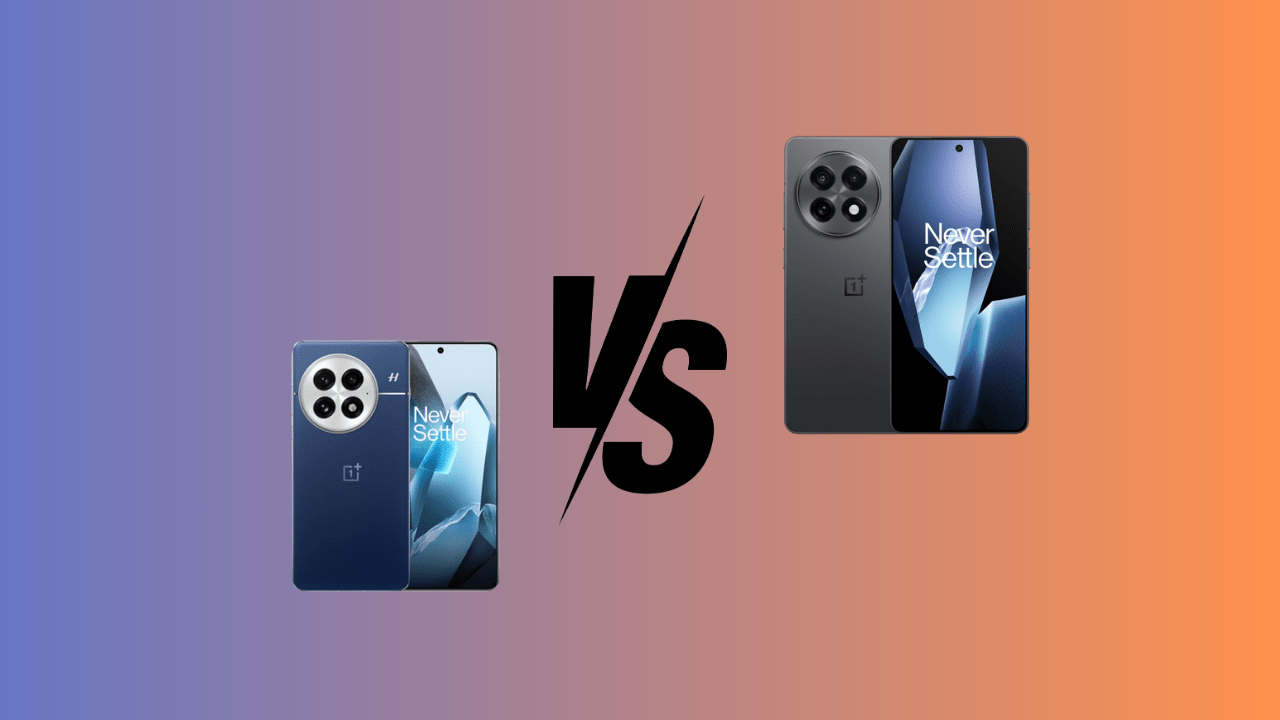In the ever-evolving world of smartphone photography, the competition between Apple and Google continues to intensify, particularly with their flagship models: the iPhone 15 and the Google Pixel 9. Priced similarly in the U.S. market, both devices offer impressive camera capabilities that cater to a wide range of users, from casual photographers to serious enthusiasts. This blog delves into a detailed comparison of their camera systems, performance in various scenarios, and overall image quality.
Camera Specifications
Both the iPhone 15 and Google Pixel 9 boast sophisticated camera setups:
| Feature | iPhone 15 | Google Pixel 9 |
|---|---|---|
| Main Camera | 48 MP | 50 MP |
| Ultrawide Camera | 12 MP | 48 MP |
| Telephoto Camera | Not specific | 48 MP (5x optical zoom) |
| Selfie Camera | 12 MP | 10.5 MP |
| Video Recording | Up to 4K at 60fps | Up to 4K at 60fps |
Image Quality and Performance
Daylight Photography
In bright conditions, both smartphones produce vibrant images, but the Pixel 9 tends to excel in color accuracy and detail retention. Its higher megapixel count in both the main and ultrawide cameras allows for more nuanced textures and colors, particularly when zoomed in on images. Users have noted that while the iPhone captures great details, it sometimes struggles with noise in certain scenarios compared to the Pixel’s cleaner outputs.
Low-Light Performance
The iPhone has historically been strong in low-light situations, and the iPhone 15 continues this trend. While both phones utilize computational photography to enhance low-light images, the iPhone often manages to retain more detail in shadows without introducing too much grain. However, the Pixel’s Night Sight feature remains a strong competitor, providing excellent results with its AI enhancements that brighten images effectively.
Zoom Capabilities
The telephoto capabilities are a significant differentiator. The Pixel 9’s telephoto lens offers a substantial advantage with its 5x optical zoom compared to the iPhone’s 3x. This allows for clearer shots at a distance without sacrificing detail. Users have reported that while both phones perform well under moderate zoom levels, the Pixel tends to produce smoother images with less graininess compared to the iPhone.
Video Recording
Both devices support high-quality video recording up to 4K at 60fps. The iPhone is often praised for its video stabilization and overall video quality, making it a favorite among content creators. The Pixel also delivers impressive video performance but may lag slightly behind the iPhone when it comes to stabilization during movement.
User Experience
The user interface for camera apps on both devices is intuitive, but users have noted that the iPhone provides a smoother experience overall when switching between modes like portrait, panorama, and macro. The Pixel’s interface is also user-friendly but can feel less fluid at times due to its reliance on AI features that may require additional processing time. Moreover, the iPhone’s quicker response time and seamless transitions significantly enhance usability during fast-paced shooting scenarios, making it a preferred choice for many photographers.
Conclusion
Choosing between the iPhone 15 and Google Pixel 9 ultimately depends on individual preferences and photography needs. The Pixel shines in daylight photography with its superior color reproduction and detail retention, while the iPhone holds its ground with excellent low-light performance and video capabilities. For those who prioritize zoom functionality and vibrant colors, the Pixel may be the better choice. Conversely, if video quality and ease of use are paramount, the iPhone could be more appealing.
Both smartphones represent significant advancements in mobile photography and continue to push each other towards innovation. As we look forward to future releases like the upcoming iPhone 16, it will be interesting to see how these two giants evolve their camera technologies further.





